As a parent, the challenge to get your children to eat a variety of foods seems to be never-ending. It’s not uncommon for children to become picky eaters as they discover new tastes, textures, consistencies, and smells. You’ve probably said, “Please just eat your vegetables!” to your child more times than you can count. Despite your persistent efforts, your toddler always leaves the most nutritious foods untouched. Fortunately, there are ways for you to incorporate more kid-friendly vegetables into your child’s diet without the headache! In this article, we’ll explore how to get your toddler to eat veggies and share the best vegetables for toddlers, including those picky eaters.
Why Don’t Kids Like Vegetables?
There are a variety of reasons why your child may dislike vegetables. In general, vegetables often have a bitter taste, which is undesirable to children. Kids are born loving sweet foods!6 Whenever humans were hunters and gatherers, sweet foods were safe, and bitter foods were generally unsafe, so it’s no surprise that your kid loves sweets so much!18 Kids may also be picky eaters and dislike vegetables because of the different textures, smells, and colors. It’s also important to note that children may avoid vegetables due to a lack of exposure. Without repeated exposure to new foods, your kid may be more hesitant to try new things — especially vegetables.
Why Vegetables Are Important for Children
Vegetables are vital for your kid’s growth and development. Adequate consumption of vegetables provides essential nutrients that children need to stay strong and healthy.1,2 Vegetables and fruit provide essential vitamins, minerals, and fiber that are necessary for healthy growth and brain development. Including various fruits and vegetables and encouraging your children to “eat the rainbow” is a great way to increase their exposure to new produce and promote nutritious choices early on.
How To Get Kids To Eat Veggies

Most parents know the importance of getting their children to consume adequate fruits and vegetables, but getting them to eat those foods is another story! So, let’s discuss how to get your toddler to eat more veggies. Vegetables can often be a nightmare for picky eaters, but there are a variety of ways to combat this:
Expose Them to Different Vegetables
It’s best to begin exposing your children to a variety of vegetables as soon as possible. When your child is 6 months old, introducing solid foods is appropriate, so make sure to include pureed vegetables in those early experiences.3 Of course, exposing your child to vegetables early on won’t guarantee they’ll love them later in life. How often have you told your toddler, “But you used to love peas whenever you were a baby!”
If your child doesn’t like green beans after trying them once, don’t get discouraged! The best way to get your toddler to eat more vegetables is to expose them to those veggies repeatedly. Many studies have found that children are more accepting of new foods when exposed to them multiple times. In general, children may need up to eight to 10 exposures to new vegetables before they accept them.4
Take the Pressure Off
When exposing your picky eaters to vegetables, don’t place too much pressure on them. Telling your child they can’t leave the dinner table until they eat all their broccoli may not be the most effective way to increase their vegetable intake.7 It’s best to remind yourself that as a parent, you provide the meal, mealtime, and meal location, and it’s up to your child to decide whether or not to eat.
Instead of being forceful or providing a punishment with food intake, consistently provide new vegetables for your kids at meal time. Even if your child decides not to touch the broccoli the first two times, the more it appears on their plate, the more familiar it will become. Be encouraging at mealtime and provide positive interactions; these will be the most impactful long-term.5
Model Healthy Eating for Them
Another way to get your toddler to eat more veggies is to consume vegetables in your own diet. Children often model their parents’ behaviors, so practicing what you preach can encourage them to try new foods. The next time dinner rolls around, don’t forget to eat some vegetables, too, when you’re making them for your kids!8
Best Vegetables for Toddlers and Young Kids

So, what are some good vegetables for toddlers or young children? The more the merrier, but there are certainly a few vegetables that are more “kid friendly” than others. Of course, sneaking vegetables into foods like muffins, smoothies, and sauces can be a great way to boost their overall veggie intake, but there are also some vegetable options they may love to eat as is.
For example, cooked carrots, sweet potatoes, cucumbers, and broccoli are all fairly suitable vegetables for picky eaters. Ones with a sweeter side, like bell peppers, squash, rutabagas, and beets, may also be kid-approved! Let’s explore some options and how you can incorporate them into your kids’ meals:
Cooked Carrots
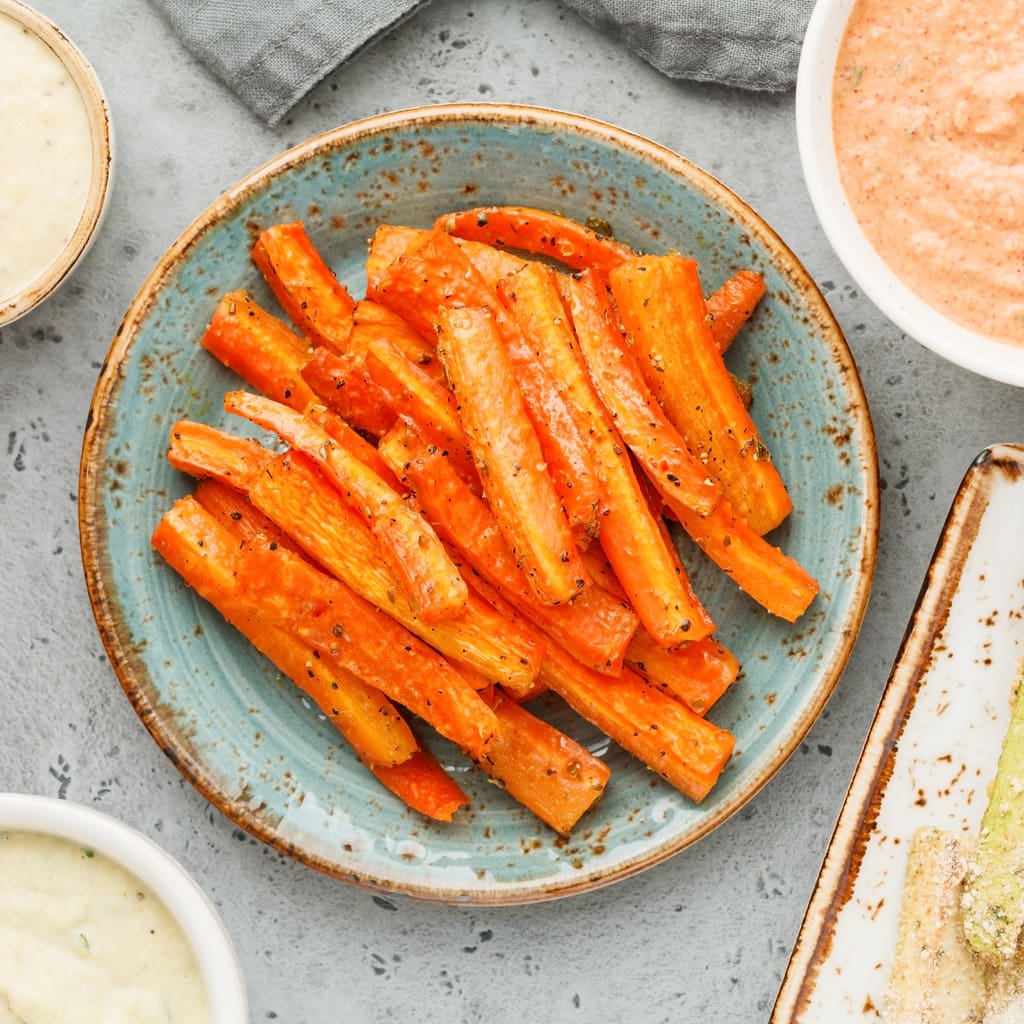
Carrots are an excellent source of beta-carotene, a precursor to vitamin A. Vitamin A is an essential nutrient that plays an important role in eye health, immunity, and growth.9 To get your kids to eat more carrots, add them to a snack plate along with a dip, like hummus. Hummus will add some more flavor, which will help create a snack they are sure to love!
Sweet Potatoes
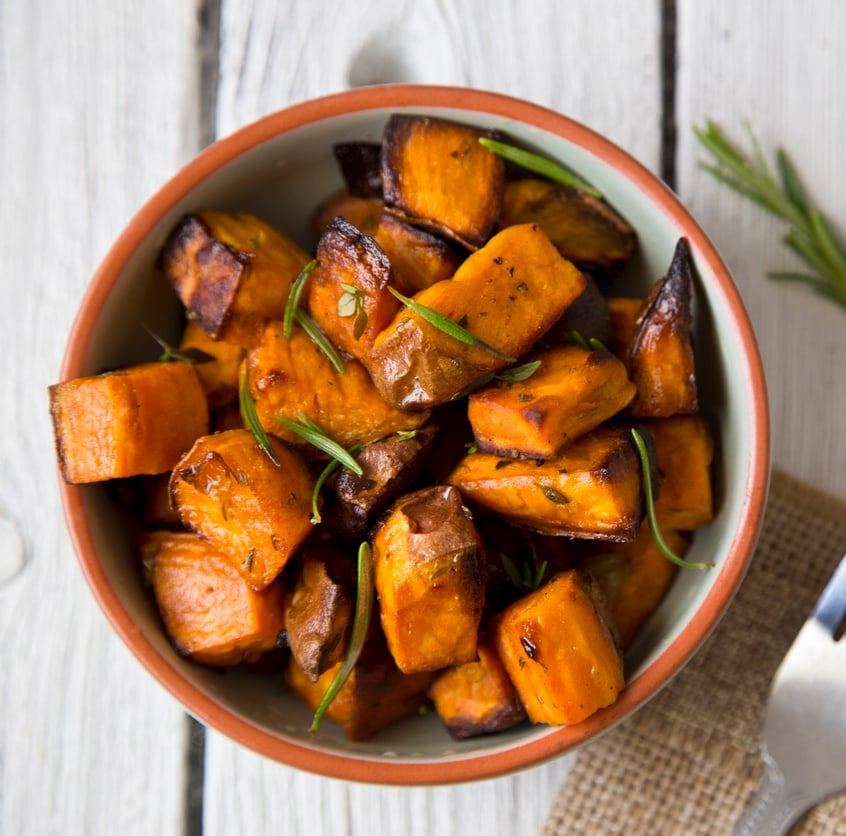
This is another excellent vegetable for toddlers that is packed with nutritional benefits and is generally kid-friendly due to its sweetness! Sweet potatoes have the name “sweet” for a reason, and cooking them can help bring out the sweet taste even more. They contain vitamin E, which functions as an antioxidant and can help boost your kid’s immunity.10
One of the best ways I’ve found to get kids to eat sweet potatoes is by roasting them. Roasting your sweet potatoes in the oven is a great way to bring out additional sweetness. For added flavor, cook them with extra virgin olive oil, cinnamon, nutmeg, or rosemary. You can also get creative and cut the sweet potatoes in the shape of a french fry — your kid will surely enjoy them if they look like fries!
Cucumbers
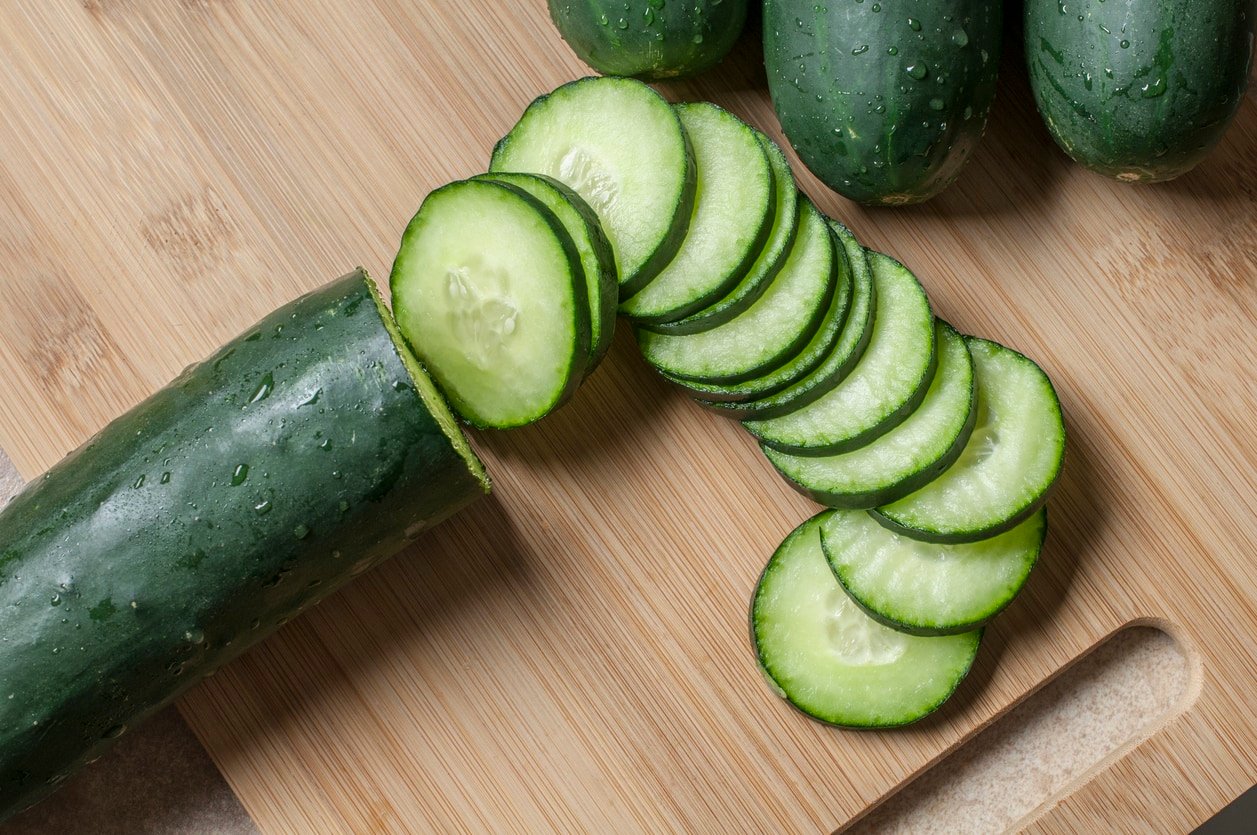
Cucumbers are a great vegetable for kids, as they have a high water content, which will help keep them hydrated.11 Introducing cucumbers alongside a dip may make your child more likely to enjoy them. Don’t be afraid to provide a little ranch or a garlic and herb dip on the side to add some extra flavor to the mix.
Broccoli
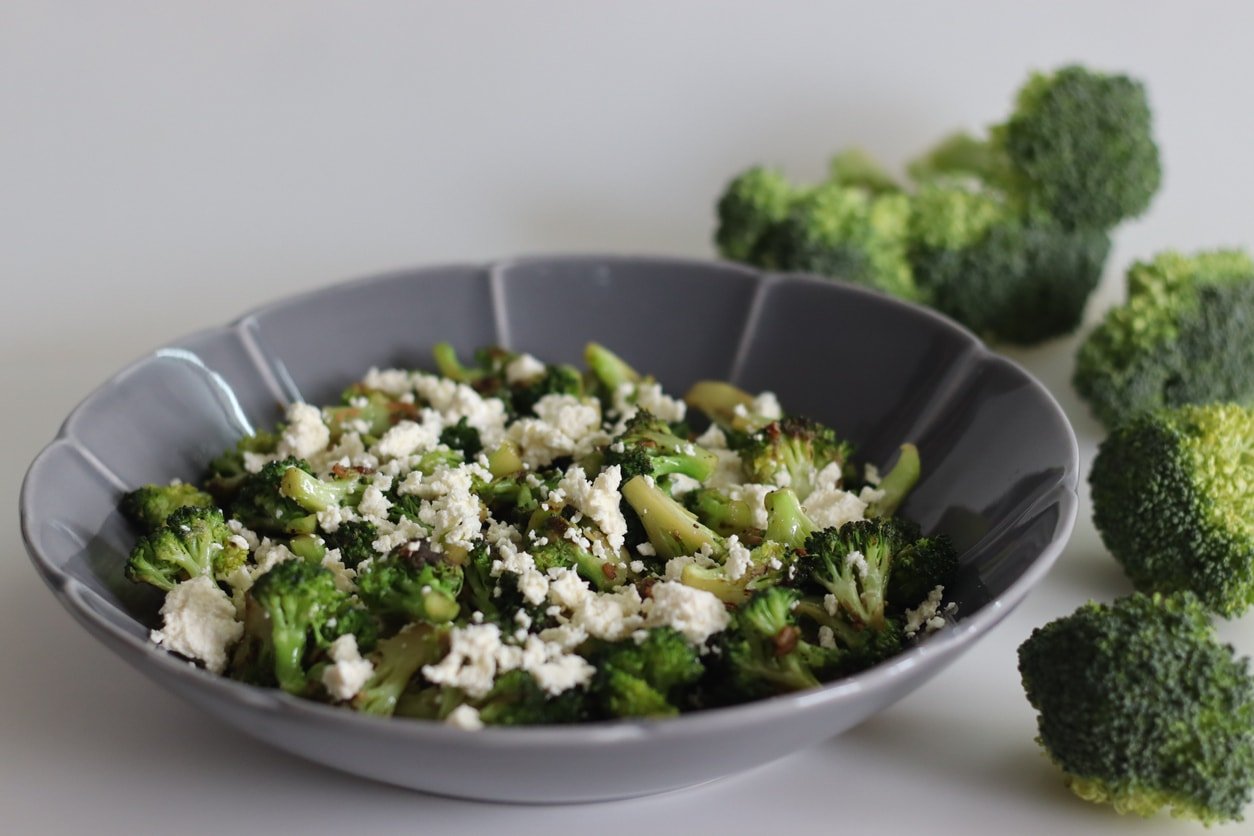
Another kid-friendly vegetable is broccoli! It’s packed with fiber, which is essential for your child’s digestive health. One cup of cooked broccoli contains about 5 grams of fiber.12,13 To make broccoli more satisfying for your child, cook it with herbs and spices and add a sprinkle of cheese on top.
Bell Peppers
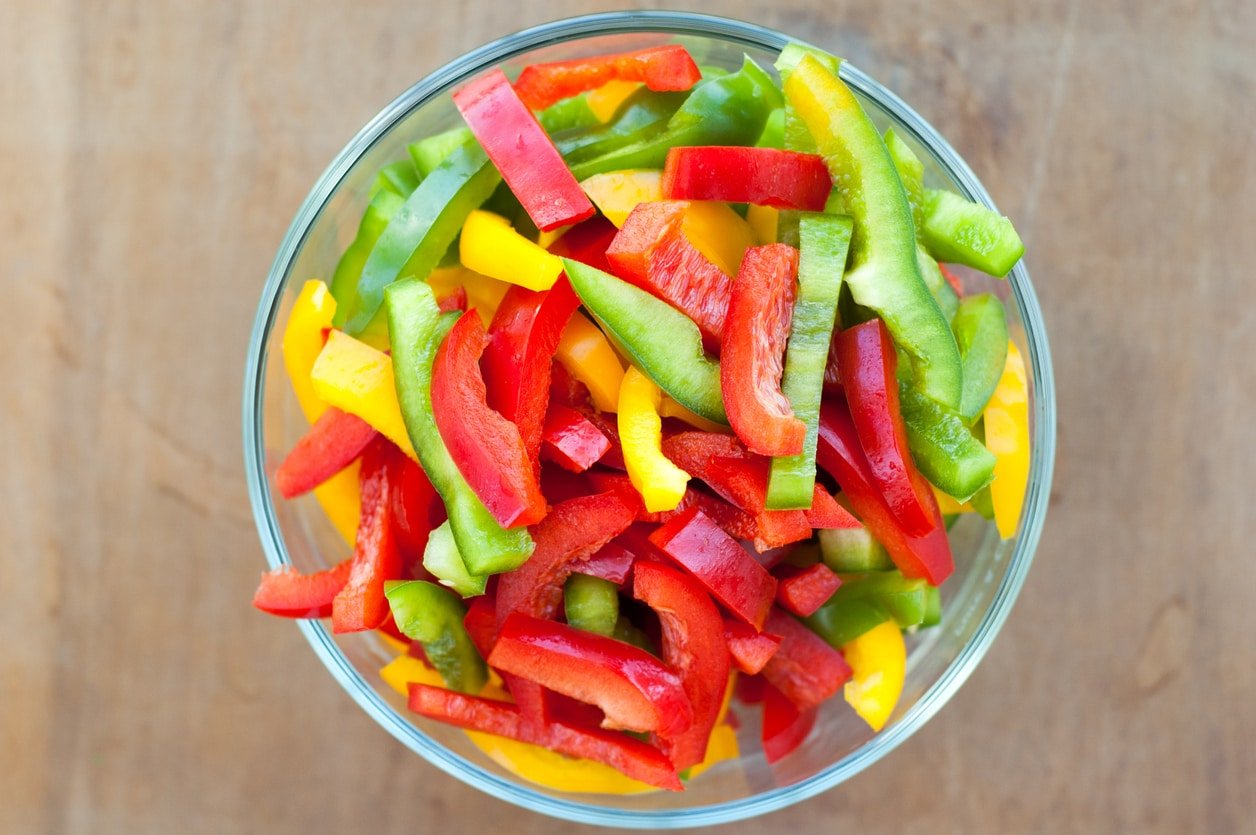
Bell peppers are an excellent source of vitamin C — they contain even more than an orange!19 Vitamin C has a variety of functions in the body, including the production of collagen, which is essential for the development of your child’s skin, bones, teeth, etc.20 Most kids do well with crunchy foods, so bell peppers are great vegetables for toddlers. To get your toddler to eat these veggies, add bell peppers as a side to their dinner for some crunch, or add cooked peppers to chicken for added flavor.
Squash
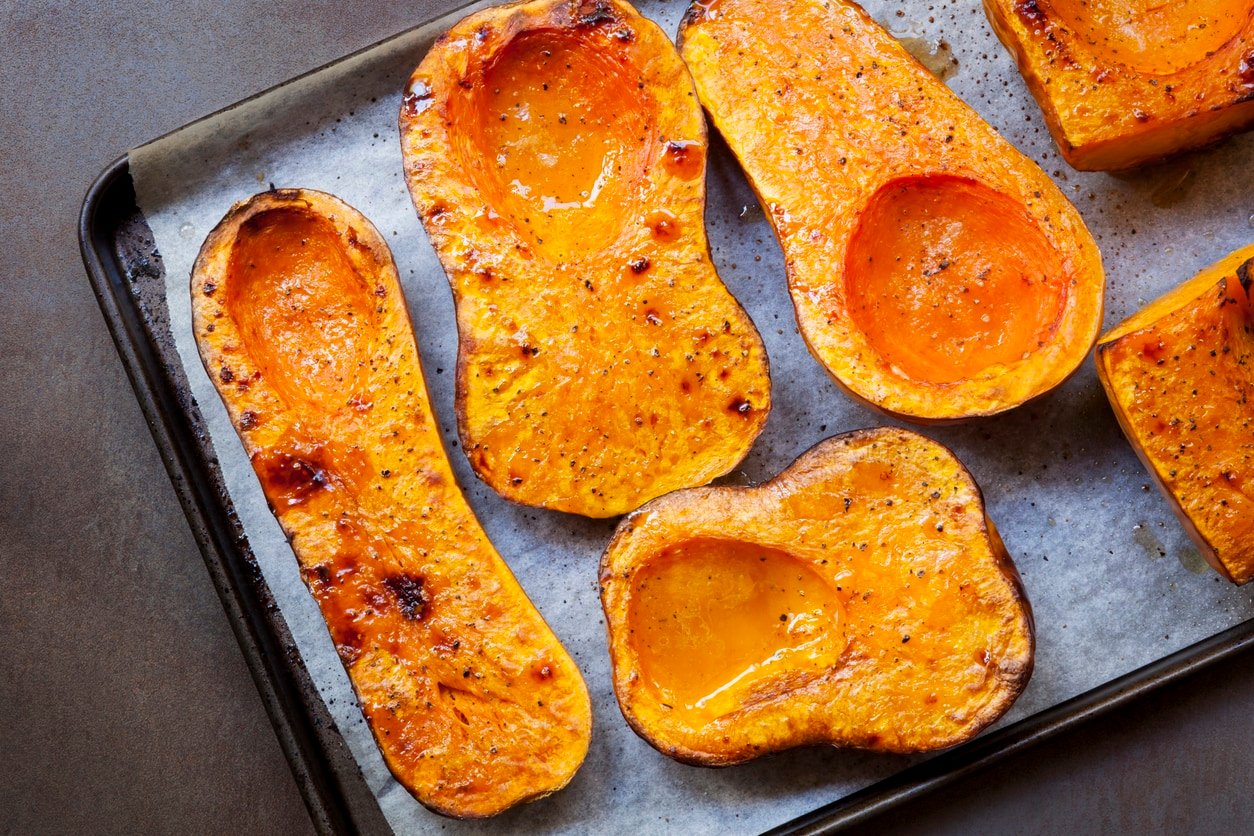
Squash contains potassium, which helps ensure your child’s cells function normally.14,15 Similar to sweet potatoes, squash tends to be on the sweeter side once it’s cooked. One of the most creative ways to incorporate squash into your child’s diet is by pureeing it and adding it to mac and cheese. A perfect example of this is butternut squash mac and cheese. I promise your kids will be asking for it every week!
Rutabagas
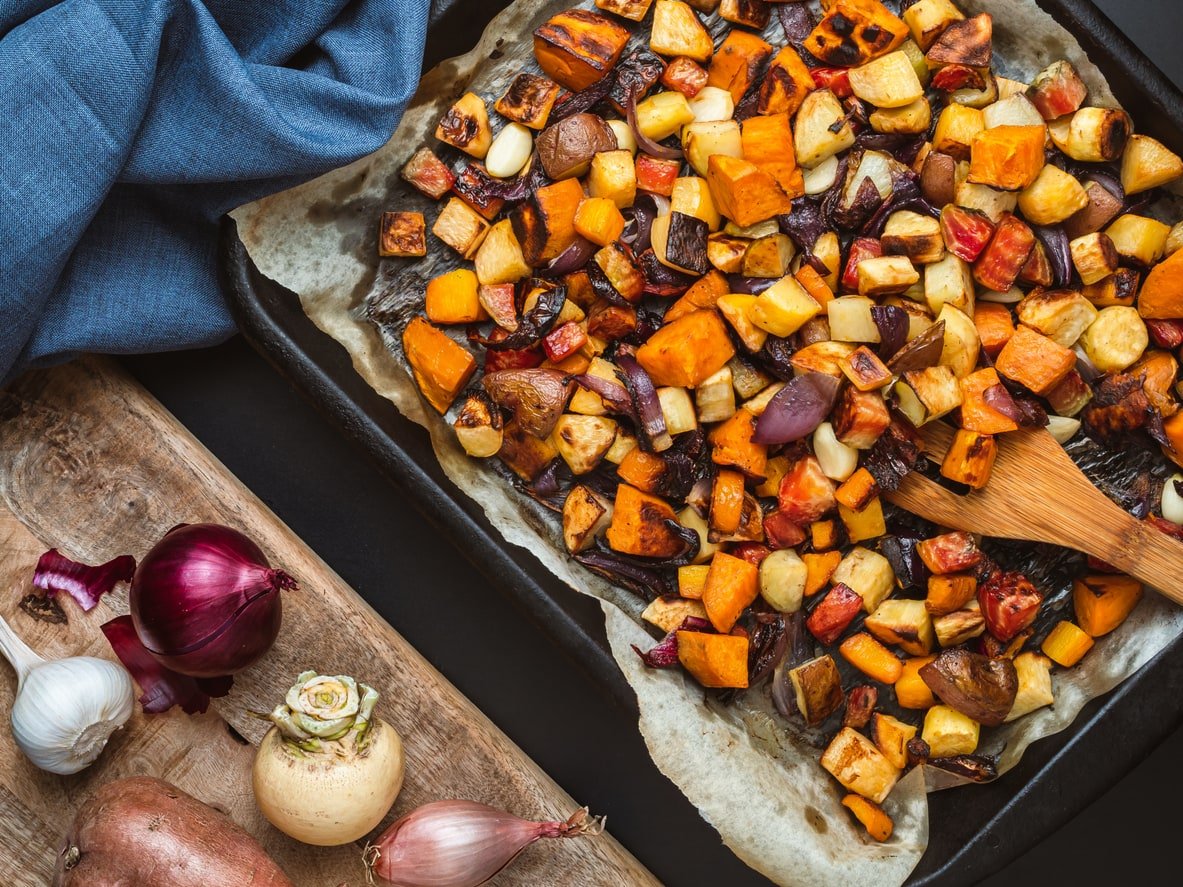
Rutabagas contain phosphorus, which is a part of our bones. Phosphorous works alongside calcium to help make sure your child’s teeth and bones are strong and healthy.16,17 Rutabagas are often a forgotten vegetable, but their sweet flavor won’t go unnoticed by your kids! Roast rutabaga with extra virgin olive oil, rosemary, basil, and thyme for a flavorful side dish at dinnertime. Similar to sweet potatoes, you can make rutabagas fun by cutting these vegetables into the shape of french fries for your toddlers.
Although your child may not naturally gravitate toward vegetables, don’t lose hope! Repeatedly exposing your toddler to a variety of kid-friendly vegetables, creating a positive environment around food, and modeling healthy behaviors can all help promote adequate vegetable intake. The next time your child leaves their broccoli untouched, wait it out instead. Patience and encouragement go a long way when encouraging your child to eat more vegetables.






























